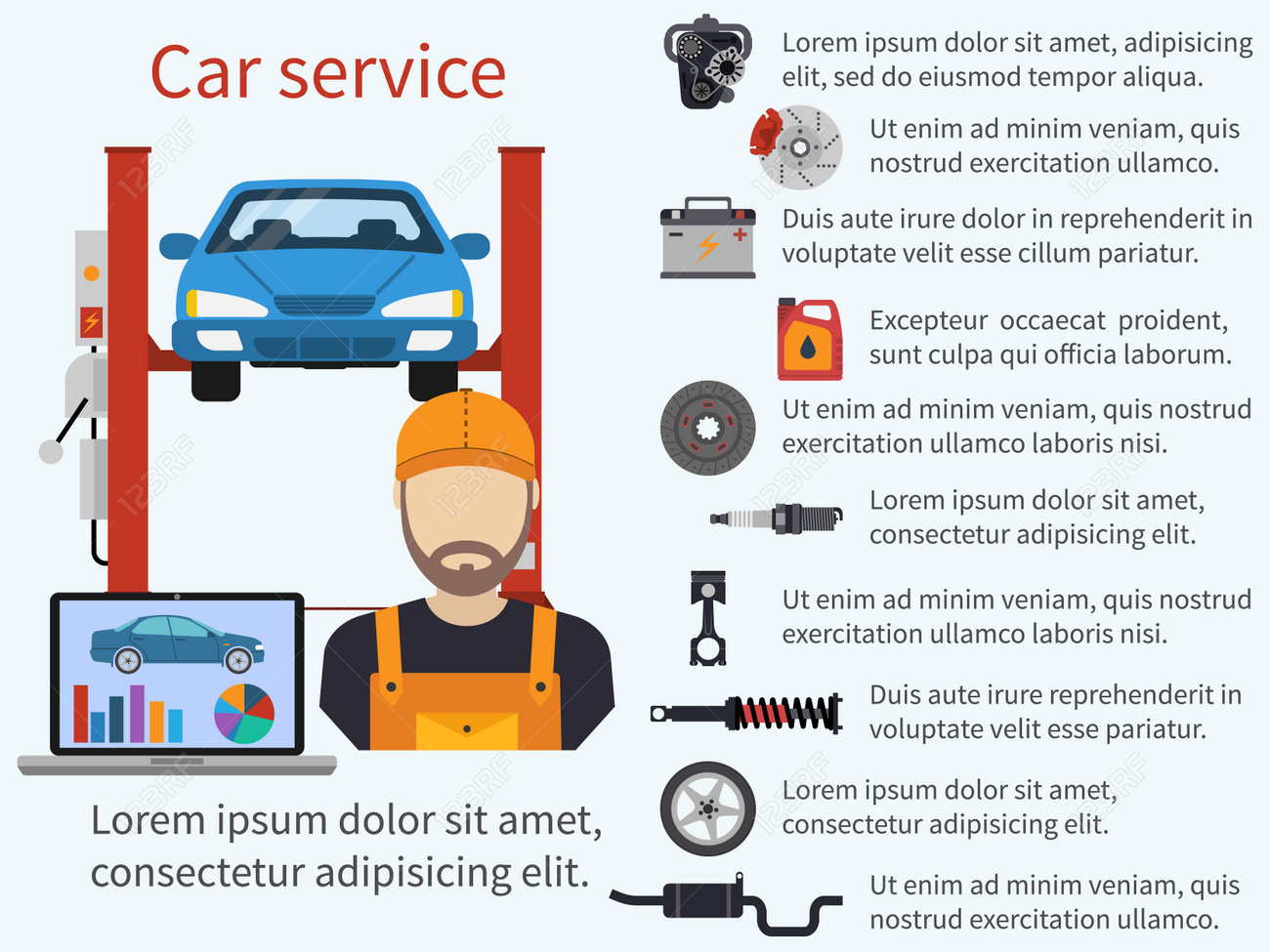Comprehending The Significance Of Your Automobile'S Warning Signals: What They Actually Represent
Comprehending The Significance Of Your Automobile'S Warning Signals: What They Actually Represent
Blog Article
Material Writer-Vinson Winters
When you're behind the wheel, those radiant warning lights on your dashboard can be a bit bewildering. Do you understand what they're trying to inform you about your car's wellness? Understanding the importance of these lights is crucial for your safety and the durability of your vehicle. So, car window tinting following time one of those lights turns up, wouldn't you want to analyze its message precisely and take the necessary steps to address it?
Common Caution Lighting and Interpretations
Identify usual warning lights in your vehicle and recognize their meanings to make certain safe driving.
The most normal warning lights consist of the check engine light, which signals concerns with the engine or discharges system. If washing cars begins, it's crucial to have your automobile examined quickly.
The oil stress cautioning light suggests low oil pressure, calling for prompt focus to stop engine damage.
A flashing battery light could suggest a malfunctioning charging system, possibly leaving you stranded if not attended to.
The tire pressure tracking system (TPMS) light notifies you to reduced tire stress, influencing car stability and fuel efficiency. Ignoring this might result in unsafe driving problems.
The abdominal light shows an issue with the anti-lock stopping system, endangering your capacity to quit rapidly in emergency situations.
Lastly, the coolant temperature level warning light warns of engine overheating, which can result in extreme damage otherwise resolved quickly.
Comprehending graphene coating will aid you deal with concerns immediately and maintain safe driving problems.
Significance of Prompt Focus
Understanding the common warning lights in your vehicle is just the primary step; the relevance of promptly attending to these warnings can not be emphasized sufficient to ensure your safety and security on the road.
When a caution light illuminates on your control panel, it's your vehicle's means of communicating a prospective issue that requires focus. Overlooking these warnings can result in a lot more serious problems in the future, jeopardizing your safety and security and possibly costing you extra in repairs.
Trigger interest to cautioning lights can protect against failures and mishaps. As an example, a blinking check engine light could indicate a misfire that, if left ignored, could create damage to the catalytic converter. Addressing this quickly can conserve you from a costly fixing.
In a similar way, a brake system warning light may indicate reduced brake fluid or worn brake pads, crucial components for your safety when driving.
DIY Troubleshooting Tips
If you discover a caution light on your control panel, there are a few DIY repairing suggestions you can try prior to looking for professional assistance.
The initial step is to consult your auto's guidebook to recognize what the particular warning light indicates. Often the problem can be as easy as a loose gas cap causing the check engine light. Tightening up the gas cap may solve the trouble.
Another common issue is a reduced battery, which can cause numerous alerting lights. Checking the battery connections for corrosion and ensuring they're safe might fix the trouble.
If a caution light continues, you can attempt resetting it by detaching the auto's battery for a couple of mins and after that reconnecting it. Furthermore, checking your car's fluid levels, such as oil, coolant, and brake fluid, can assist repair alerting lights associated with these systems.
Final thought
Finally, comprehending your vehicle's warning lights is important for maintaining your car running smoothly and securely. By promptly resolving these notifies and knowing what they indicate, you can stay clear of expensive fixings and potential malfunctions.
Bear in mind to consult your car's guidebook for specific information on each alerting light and act accordingly to guarantee a hassle-free driving experience.
Keep informed, stay safe when driving!
